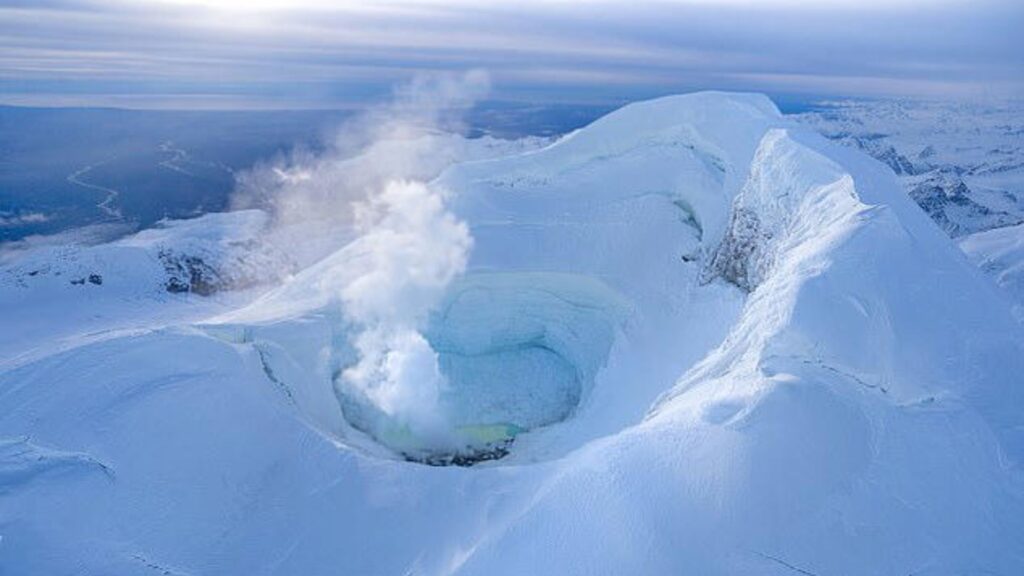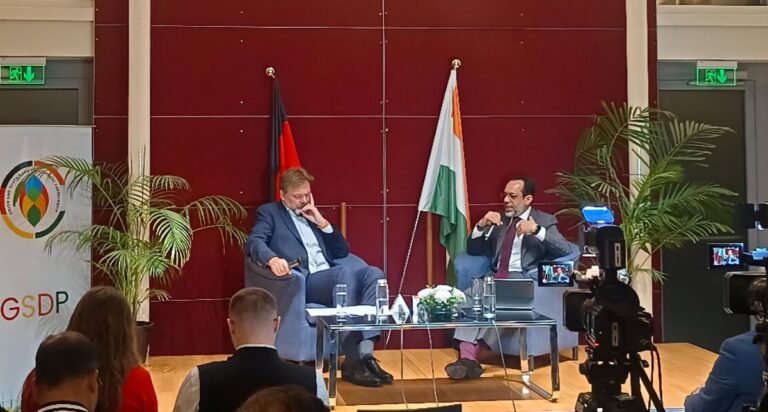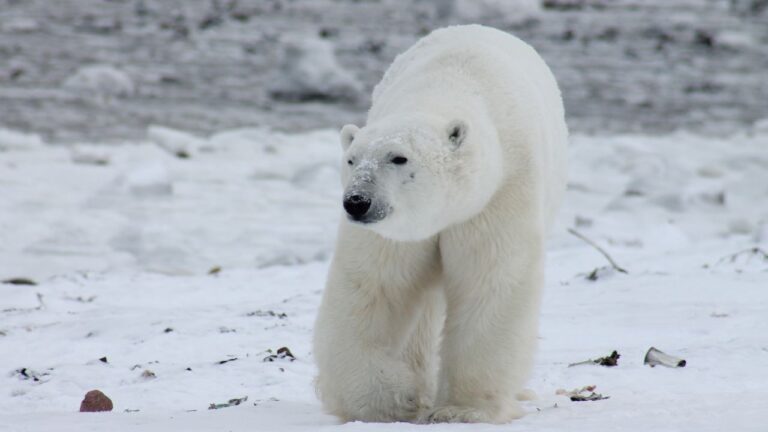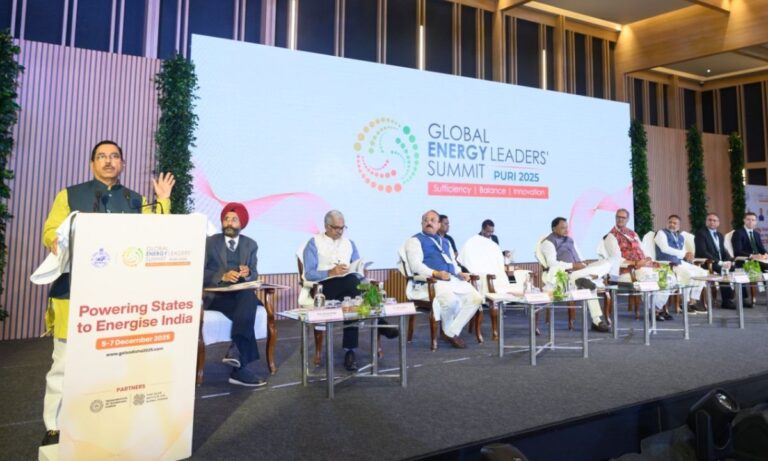
As glaciers continue to shrink due to accelerating climate change, scientists have raised concerns over a potential resurgence of dormant subglacial volcanoes, particularly in Antarctica. Speaking at the ongoing Goldschmidt Conference on geochemistry in Prague, researchers highlighted that the retreat of glaciers could set off more frequent and explosive volcanic eruptions across the globe.
Subglacial volcanoes — those that lie beneath ice sheets and glaciers — are not uncommon. They exist in regions with a history of glaciation, including Iceland, British Columbia, and Antarctica. However, Antarctica stands out as the world’s largest glaciovolcanic zone, with volcanoes stretching from the South Sandwich Islands to East Antarctica across a vast 5,000-kilometre span.
Scientists say that while the link between glacial retreat and volcanic activity has been established for decades in Iceland, the same phenomenon could play out on a much larger scale in Antarctica and other glaciated parts of the world, such as North America, New Zealand, and Russia.
“This is a global concern, not just limited to Iceland,” said Pablo Moreno-Yaeger, a geoscientist from the University of Wisconsin-Madison. “Regions with heavy glacial coverage and dormant volcanoes are now areas we must monitor more closely.”
Moreno-Yaeger and his team studied six volcanoes in Chile’s Andes Mountains, including the now-inactive Mocho-Choshuenco volcano. By examining mineral crystals within previously erupted rocks, they found evidence that glacial weight influences magma buildup. During the last ice age — between 26,000 and 18,000 years ago — thick glacial layers suppressed volcanic activity by exerting pressure on the Earth’s crust, keeping magma trapped deep underground.
However, as glaciers melted and the pressure eased, this led to the release of trapped gases within the magma, increasing underground pressure and triggering violent eruptions.
“The key factor for more explosive eruptions is the existence of thick ice coverage over magma chambers,” Moreno-Yaeger explained. “As climate change accelerates glacier loss, that pressure is being removed — potentially triggering new volcanic activity.”
The researchers described this process using an analogy. Jamie Farquharson, a co-author from the Université de Strasbourg, compared it to holding a rubber duck underwater: “When you let go, the duck rapidly bobs back up. Similarly, when ice melts, the Earth’s crust rebounds, releasing pressure and allowing magma to rise.”
Although this process unfolds over centuries, the researchers believe it provides an opportunity for early warning systems to be developed and implemented in at-risk areas.
In terms of climate impact, volcanic eruptions initially release aerosols that can cool the atmosphere by reflecting sunlight. The 1991 eruption of Mount Pinatubo, for example, cooled the Northern Hemisphere by about 0.5°C for over a year. However, Moreno-Yaeger warned that the long-term effects could be warming rather than cooling.
“Multiple eruptions over time can release large volumes of greenhouse gases, contributing to global warming,” he said. “This creates a concerning feedback loop: climate change melts glaciers, which activates volcanoes, and the eruptions may further intensify climate change.”
As global temperatures continue to rise, scientists stress the importance of monitoring subglacial volcanoes closely and preparing for the risks they may pose in the coming decades.






